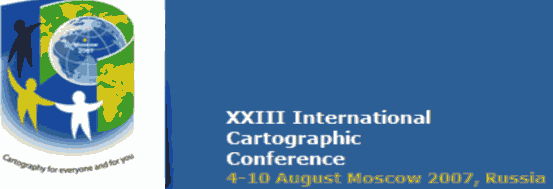
Digital approaches to Righas
Velestinlis’ Charta, the 18th
century cartographic
M. Pazarli, N. Ploutoglou, K. Papadopoulos*, A. Tsorlini, E. Livieratos
Aristotle
*
Righas
Velestinlis (1757-1798) is a major personality of the Greek Risorgimento and a top representative of
the Greek Enlightenment in the late 18th cent. His ideas,
intellectual involvement and revolutionary activism played an important role in
the struggle of Greeks for independence in early 19th cent., influencing
also the neighbouring people in the Balkans. Among Righas works, writings and
translations, his cartographic production even limited in number of maps, is of
particular importance. Especially his masterpiece, the Charta, a 12-sheet 2 X 2 metres map, printed in Vienna (1796 –
1797) in 1220 copies, representing almost the whole of Southeast Europe (the
Balkan peninsula), is now considered (and recently proclaimed officially) a
monument of Greek national cultural heritage.
Despite
its historical cartographic importance, Charta
is known, among few experts, principally from a scholar or literary point of
view, concerning mainly its symbolic semantics. Analyses related to pure
cartographic issues of this map, geometric and thematic and in its intrinsic properties
(usually not apparent in a direct map-reading) are extremely limited almost
missing in the cartographic literature.
Celebrating
the 250th anniversary of Righas birth in 2007, a research project on
Charta is under development focused on
two main topics: a) the analysis of its geometric framing and content; b) the documentation
of its toponymy. The original idea behind the project is that both topics should
be interrelated and interactive in terms of the possibilities available from
modern digital information and communication technologies. This task was
feasible because of the recent digitization of one of the few known existing
original copies of Charta preserved
in the Thessaloniki University Library (almost 2% of the printed copies are
survived).
In
this paper the methodology designed especially for this project is analyzed
getting full profit of the digital transformation of the original map. Intrinsic
and extrinsic georeference implied on the map and
coupled using a number of appropriate tests for the best fitting. Then a georeferenced digital dictionary of the toponyms is
structured. A research on the relevance of Righas Charta toponyms with the modern counterparts and the Ptolemaic
toponymy tradition is also part of the research as well as the relevance with
toponymy given in other maps, seemed that served as references. An
implementation setup on the possible uses of such Charta-related digital tools in education and history teaching and
research, is also designed for generalization of the concept.